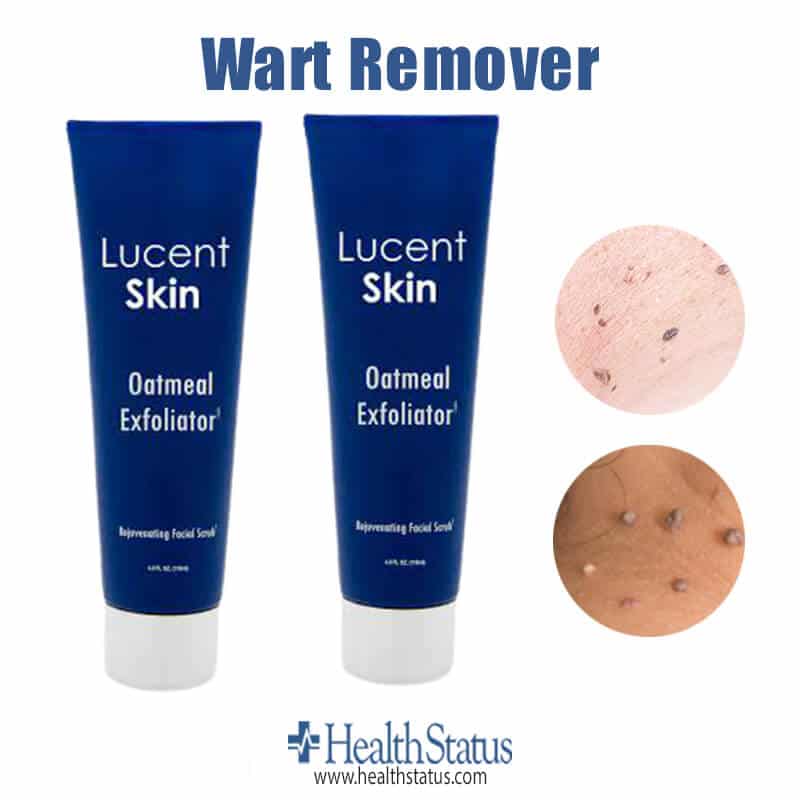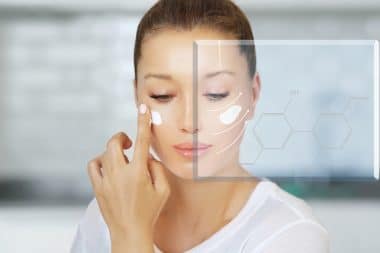Having warts does not mean you are a witch, or unclean. Warts are actually very common with more than three million cases per year. Warts are growths that can happen as extra skin protruding out of the skin or even as growths that push into the skin depending on the type. Warts can grow anywhere and are actually spread from the human papillomavirus (HPV). There are many different types of HPV, and only a few strains actually can cause warts. Warts are usually spread by skin to skin contact. Warts occur when your skin becomes infected from HPV then the virus triggers extra skin growth causing a wart to form. Â
Who is at risk and how do they spread?
It is very easy to spread warts from person to person. You can spread them from direct skin to skin contact, picking at an existing wart then touching another area of your skin, or you can even spread them from using towels or sheets of someone who has a wart. Anyone can get a wart, and they can occur on any part of your skin. Teens and kids are more prone to getting warts though because their immune systems are just not mature enough to fight off all the strains of HPV. People with weakened immune systems are also at a higher risk of developing warts. Warts like to develop in moist, soft or injured areas of the skin. The main places warts will appear are on the hands and feet.Â
Types of Warts
There are five main types of warts.Â
- The first one is called the common wart. These are usually found on fingers and toes but can appear anywhere. They are usually very rough with a rounded top.Â
- Another type of wart are flat warts. These usually happen on the face, thighs or arms.  They are sometimes hard to distinguish, and they don’t have a rounded top; they have a flat top.Â
- Plantar warts are another type that usually form on the soles of your feet. They can make walking uncomfortable and give you foot pain if not dealt with. Plantar warts actually grow into your skin so they look like you have stepped on a pebble.Â
- Filiform warts occur around your mouth, nose, neck, and under your chin, They are the same color as your skin so sometimes they appear to be a skin tag.Â
- Periungual warts are the fifth type of wart that grows around toenails and fingernails. This type of wart can be extremely painful and can affect nail growth. Â
Diagnosis & Treatment
Warts can usually be diagnosed by a doctor with just a physical examination of the extra skin growth area. Sometimes your doctor may want to shave part of the wart off to send to a lab to rule out other skin growths. There are a few ways you can treat warts. You can have a dermatologist perform a few procedures, or there are home remedies you can try as well. A dermatologist can either freeze or burn off a wart. To freeze a wart the doctor will use liquid nitrogen poured directly onto the wart to cause it to blister, then the dead skin cells will fall off. There are prescription strength wart remedies you can also put directly on your wart that will cause the wart to decrease layer by layer. Your doctor can also burn the wart with a laser, where the laser will cauterize the tissue, so basically burn the tissue away so that it dies and will fall off.Â
Do not try home remedies on your feet if you have diabetes. They can cause serious damage to your feet. Some treatments you can try at home are applying duct tape to the wart and then removing it quickly. Some people have said they have success with this. There are also drug store wart removal kits you can purchase, or patches to put on the wart. Do not use these for longer than directed on the box though because they can cause complications. Another home remedy you can try is to take a potato and rub it on your wart. You chop off the end of the potato, so the inner flesh is exposed, rub the inner part of the potato directly onto your wart, put the potato in a plastic bag in the fridge and every day chop off a new section of fresh inner flesh apply directly for a week or two and your wart will shrink.

Since warts are so easily spread even on someone with existing warts. It is sometimes easier to go to a doctor or dermatologist to have your warts removed. You will want to be careful treating warts at home on your face or sensitive areas so that you don’t damage your skin. Some treatments may not work the first time, you may have to do a few treatments to see results. Depending on your age and where your wart is located will help the doctor decide what the best way to treat your warts should be.Â
Prevention
There is no exact way to prevent yourself from getting a wart. You can make sure you keep existing warts covered with a bandaid and not pick at them to stop them from spreading on your own body. You can also make sure you wear shower shoes when in a public shower and to dry your feet and hands thoroughly since warts like moist areas of skin to grow. Â
Warts are very common, they are not attractive to look at but thankfully they are treatable. You will be able to treat them either yourself or with the help of a doctor and after some time you will get rid of them. If you have warts once though does not mean you won’t get them again. Your body’s immune system will learn though how to fight off the wart virus to stop them from recurring when you get older. Â
Don't ignore a wart! They are contagious but easily treatable! #HealthStatus
Sources:
https://www.webmd.com/skin-problems-and-treatments/ss/slideshow-warts
https://www.healthline.com/health/skin/warts#prevention
https://www.mayoclinic.org/diseases-conditions/common-warts/diagnosis-treatment/drc-20371131








Reply